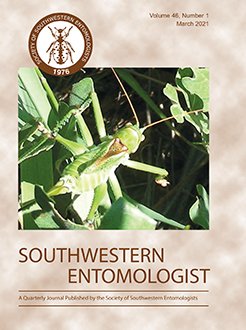Immature stages of mosquitoes (Diptera: Culicidae) were studied with the objective to characterize diversity and sites at the metropolitan region of Puebla, Mexico. Three weather periods (dry-cold, dry-hot, and wet) and two sampling methods (ovitraps and direct collection at larval habitats) were used. Seven species of mosquitoes were identified. Greatest richness and abundance were during the wet season with both sampling methods, but few mosquitoes were in ovitraps. Aedes epactius Dyar & Knab was dominant in the ovitraps. In larval habitats, dominant species were Ae. epactius and Culex quinquefasciatus Say. Sixty-one sites with developing mosquitoes were found and classified according to origin, location, and type. Characteristics such as insolation, organic matter, vegetation, and associated fauna of the sites were considered. Correspondence analysis determined preference patterns between species and sites. Ae. epactius, Culex restuans Theobald, and Cx. quinquefasciatus were opportunistic species, because they were found in a variety of larval habitats, whereas Culiseta particeps (Adams) and Culex stigmatosoma Dyar were generalist species. Cs. particeps was related to sites with accompanying fauna, and most individuals were collected in tires; Cx. stigmatosoma was associated with sites with vegetation in temporary puddles. Results can be important for improvement of entomological control and surveillance programs in the metropolitan region of Puebla.
How to translate text using browser tools
25 March 2021
Characterization of Sites with Mosquito Larvae in the Metropolitan Region of Puebla, Mexico
Alicia Carmina Díaz-Osorio,
César Antonio Sandoval-Ruiz
ACCESS THE FULL ARTICLE

Southwestern Entomologist
Vol. 46 • No. 1
March 2021
Vol. 46 • No. 1
March 2021




